Standing on Almeida’s massive walls, I suddenly get why this fortress town has guarded the border for centuries. The view just rolls out over open plains toward Spain, but honestly, it’s those perfectly preserved, star-shaped fortifications that steal the show. Almeida’s twelve-pointed fortress is a wild feat of military engineering and easily one of the most remarkable sights in Portugal.
When I wandered the quiet streets inside those walls, history felt close. I stumbled on underground passages and wide ramparts, all built for crossfire. Almeida tells stories of battles, sieges, and resilience everywhere you look.
This fortified town isn’t just about its striking design—it’s a living reminder of Portugal’s rich past and its long struggle to protect its land.
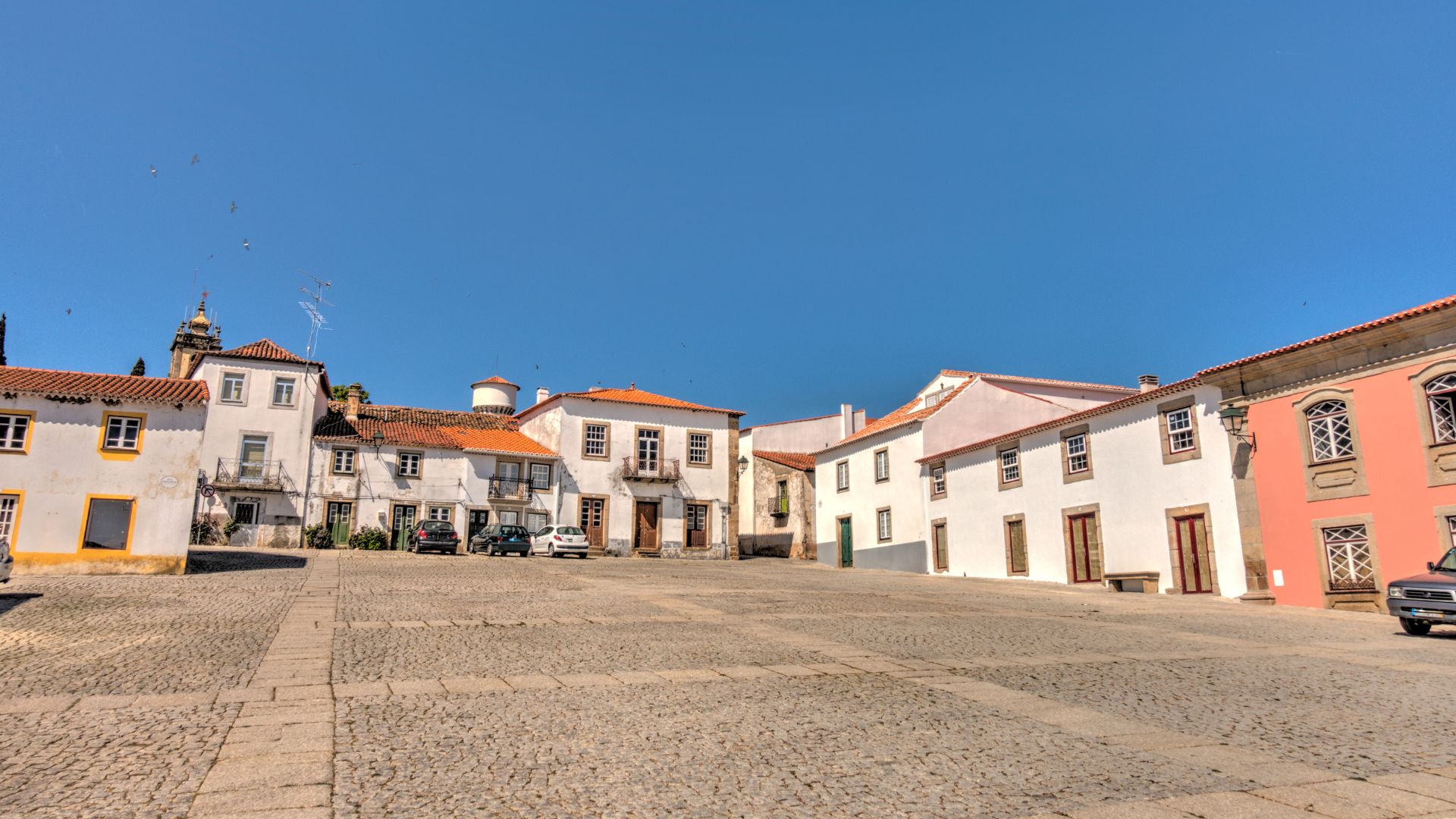
The Unique Star-Shaped Design of Almeida
Almeida’s fortress jumps out at you with its precise star-shaped pattern. Built in the 17th century to stand up to artillery, its clever design is both practical and eye-catching.
Walking along those walls, I kept noticing the creative military engineering and centuries-old defenses.
Star-Shaped Walls and Bastions
Up on the wide ramparts, I saw the fortress’s most famous feature: a 12-pointed star-shaped wall. It’s not just for show. The star design let soldiers cover every angle, so attackers couldn’t find anywhere to hide.
The bastions jut out at sharp angles, each one a solid wedge of earth, stone, and brick. Even now, the scale of the old defenses feels impressive. Six major bastions meant Almeida could position cannons and troops wherever they were needed most.
French architect Vauban inspired the structure, blending art with strategic power.
What makes these walls special:
- Overlapping fields of fire for muskets and cannon
- Deep parapets to absorb artillery
- Wide ramparts for movement and supply
Every step along these outer walls feels like a walk through a living history book.

Bulwarks, Ravelins, and Trenches
Almeida’s defenses go even further than the main star shape. Massive bulwarks reinforce the main walls. These thick, angled structures helped keep cannonballs from smashing through.
I noticed several ravelins—V-shaped outworks—between the bastions. Their job? Split up incoming armies and protect the gate.
But those deep trenches really caught my eye. They cut all around the fortress, making it tough for siege equipment and troops to get close. Wide and steep, those trenches must have been a nightmare for attackers under fire. Some trenches even connect with hidden passageways under the fortress.
Quick facts about the outer defenses:
| Feature | Purpose |
|---|---|
| Bulwarks | Absorb artillery, shield main walls |
| Ravelins | Defend entrances, break up attacks |
| Trenches | Slow enemy troops, block siege engines |
Moats, Ancient Walls, and Platforms
Walking around the outskirts, I found traces of an ancient wall—maybe from an even older Almeida beneath the star-shaped layout. There’s also a dry moat circling the fortress. It’s empty now, but that deep ditch once made the walls even tougher to approach.
The platforms along the ramparts were built for cannons. Soldiers had clear sight lines across the fields. I can almost picture artillery crews waiting at their posts for any sign of trouble from across the border.
Moving along the paths between the old platforms, I see how every layer—moats, walls, platforms—worked together. Each piece played a vital part in Portugal’s military history.
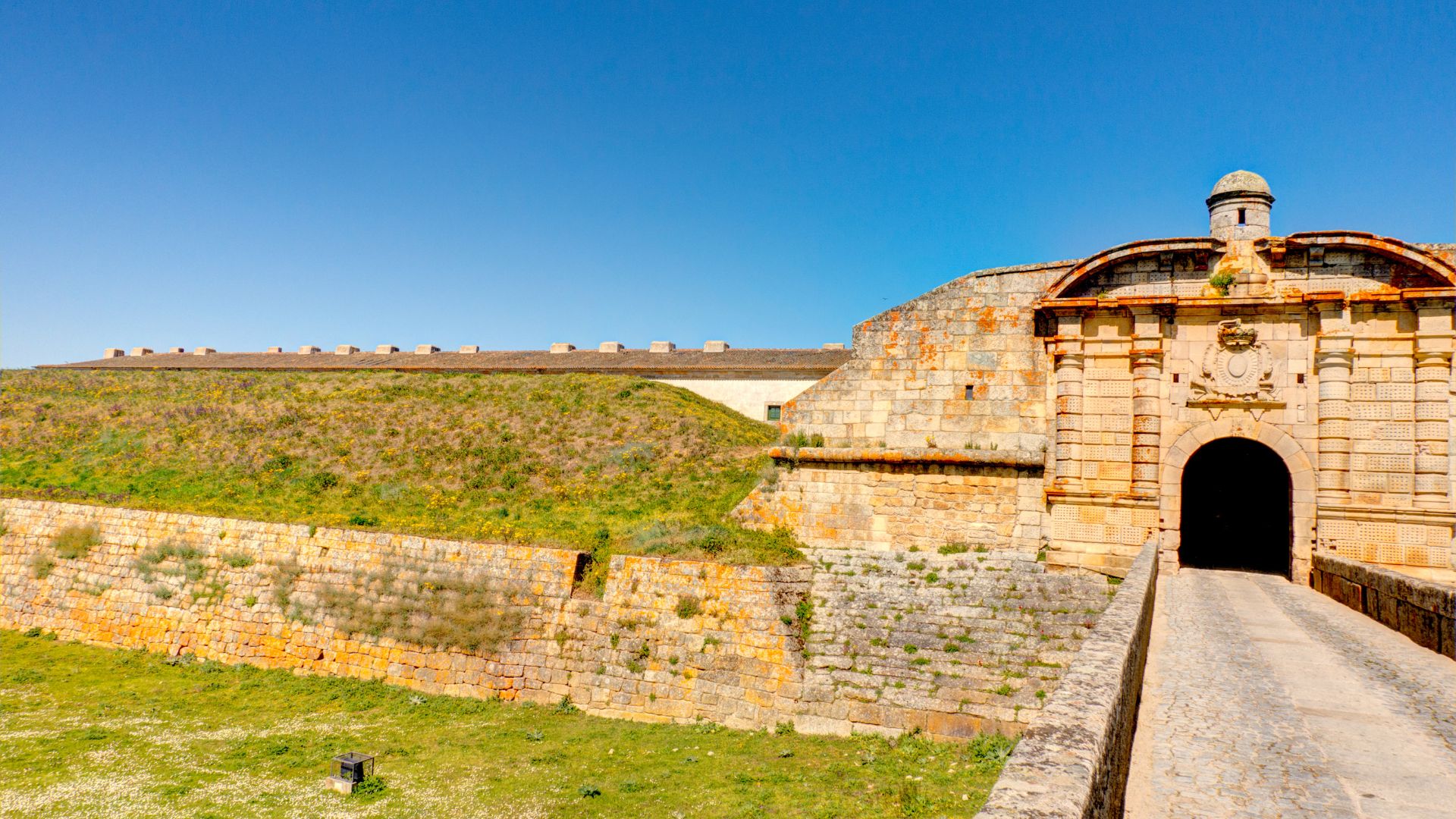
A Journey Through History: Almeida’s Military Past
Almeida sits close to the Spanish border, and its star-shaped fortress has seen key battles and royal ambitions. Exploring its old walls, I kept running into stories of legendary sieges, treaties, and the visions of two important Portuguese kings.
Siege of Almeida and the Peninsular War
Walking through Almeida, I can’t help but picture the drama of 1810, when the town took center stage in the Peninsular War. French forces under Marshal Masséna laid siege to the fortress. The British and Portuguese defenders held out for weeks, but disaster struck when a shell hit the main powder magazine.
That explosion destroyed much of the town and killed hundreds, forcing the garrison to surrender. Standing among the ruins, the reality of how these walls shaped the fate of both armies sinks in.
Scars of war still show in the casemates and bastions. History buffs can wander underground passages that echo with stories of resistance and loss. Almeida’s fall handed the French a key victory and changed the momentum of the Peninsular War.
Role in the Anglo-Portuguese Campaigns
Almeida’s spot near the border made it a strategic point in the Anglo-Portuguese campaigns. British troops under Wellington often worked with Portuguese forces here.
During the Napoleonic wars, Almeida acted as a defensive line between invading French armies and the rest of Portugal. The fortress allowed safe passage and supply movements, and became a hub for military planning.
The site isn’t just about famous battles. The fortress town was crucial for delivering support, holding off sieges, and providing a place for the Anglo-Portuguese alliance to regroup. Walking the ramparts, the military importance of Almeida is hard to miss.
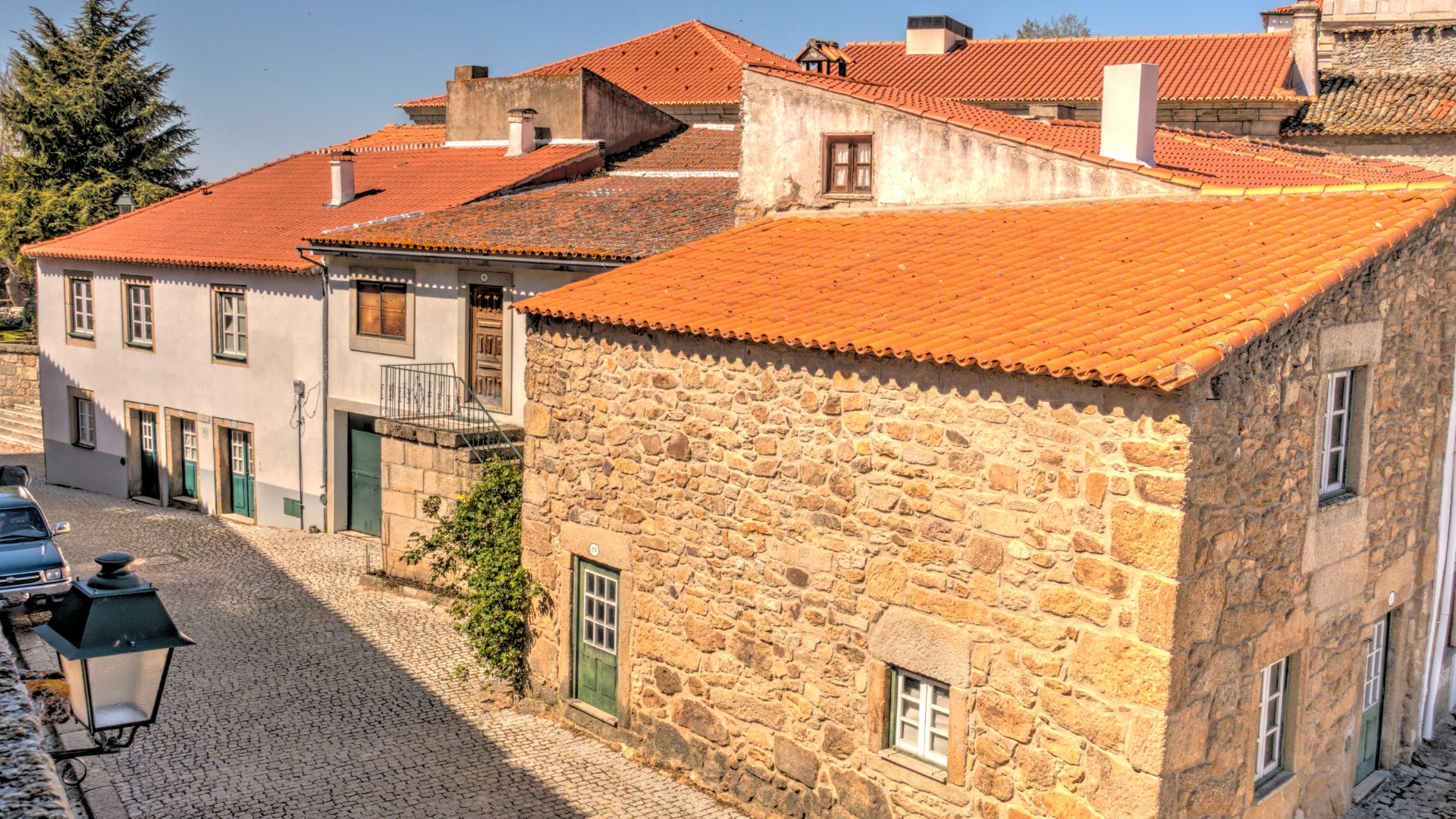
King D. Dinis and King Manuel’s Legacy
Almeida’s roots stretch way back before Napoleonic times. In the late 13th century, King D. Dinis signed the Treaty of Alcanizes with Castile, fixing Portugal’s border near Almeida. He ordered the first castle here to defend this new frontier.
Centuries later, King Manuel I—famous from Portugal’s Age of Discovery—left his own mark. He strengthened and updated the town’s defensive walls, blending medieval design with new military technology.
Tracing the outlines of the star-shaped fortress, I see how royal ambition and military needs shaped Almeida’s past. This town is like a living museum of Portuguese resilience and vision, right where history meets the Spanish border.
Exploring Almeida: Top Attractions and Must-See Sights
Almeida wows visitors with its star-shaped fortress, stone-paved paths, and living history at every turn. Military marvels, well-preserved architecture, and unbeatable views all pack into this compact historic town.
The Fortress Gateways and Artillery Barracks
Walking up to Almeida, I couldn’t miss the monumental gateways. The main gates—St. Francis Gate and St. Anthony Gate—were built for defense, but now they welcome everyone inside. Passing through those thick stone walls, I imagined the soldiers who once guarded this border town.
Inside, the artillery barracks (Quartel das Esquadras) aren’t just relics. Restored buildings now house small museums about Almeida’s military past. These barracks once sheltered troops and stored weapons during tense moments in history.
Exploring the fort’s tunnels, ramps, and angular bastions gave me a real sense of its 17th-century defensive genius. The star-shaped layout stands out wherever you wander, making it clear why Almeida’s fortress was so tough to capture.

Cobblestone Streets and Historic Buildings
Once past the ramparts, narrow cobblestone streets led me through a living museum. Historic houses line the alleys, many with window boxes full of flowers. The charm is in the details—stone balconies, Portuguese tiles, and hand-painted doors.
Important sites like the 18th-century Town Hall, the old courthouse, and the former prison offer peeks into local life across the centuries. I’d recommend stopping in little cafés or shops along the way; each doorway seems to have a story.
A short stroll took me past the parish church, with its simple beauty and centuries-old stones. Every corner begged for a pause or a photo, especially in the soft light of late afternoon.
Casemates, Cannon, and Panoramic Views
The fortress’s casemates and ramparts really wowed me. These underground chambers once sheltered people during sieges and kept munitions safe below ground. You can still explore several today.
On top of the walls, I found cannons still pointed at the Spanish border—a reminder of past conflicts. The fort’s height gives you sweeping panoramic views across the plains, showing just how strategically placed Almeida is.
It’s worth following the marked walkways atop the ramparts. From up here, the geometric star shape of the fortress stands out. The scenery stretches for miles, and at sunset, the golden light glows on the stone.

National Monument Status and the Historic Village
Almeida is officially a national monument and one of Portugal’s “12 Historical Villages.” Its preservation matters not just for locals but for anyone interested in Portugal’s layered past. Special signs and plaques throughout the village explain key buildings and moments from Almeida’s history.
Even with its fame, Almeida feels lived-in and authentic. Kids play near old fountains, the bakery smells of fresh bread, and neighbors greet each other under ancient trees.
Being both a fortified village and a national treasure means there’s an ongoing effort to balance daily life with history. Visiting here isn’t just about seeing old stones—it’s about experiencing centuries of border-town stories up close.
Mapping Out Almeida: Location and Strategic Importance
Perched on a windswept plateau in central Portugal, Almeida stands out for a lot more than just its fortress walls. Its location shaped centuries of history, determined the fate of armies, and still shapes the rhythm of everyday life.
The Plateau and the Côa River
When I first approached Almeida, the flatness of the plateau surprised me. The village rises about 12 kilometers from the Spanish border, on a high open landscape. This plateau gave defenders clear views for miles—a huge advantage for spotting enemies before they could get close.
Below the walls, the Côa River winds quietly through the countryside. The river forms a natural barrier on one side, making it harder for invaders to attack. Water from the Côa was also vital for life inside the fortress during long sieges.
With its mix of elevation and river protection, Almeida became nearly impossible to surprise. It’s obvious why this spot was picked for such a critical outpost.
Beira Alta and Beira Interior Norte
Almeida sits in the Beira Alta region, right at the heart of Beira Interior Norte. This area has always been a crossroads for people, trade, and armies moving between Portugal and Spain.
During my visit, I noticed the influence of nearby historic towns like Castelo Bom and Pinhel, both old defensive strongholds. Traveling through Beira Alta, every village and stone wall tells a bit of Portugal’s story. Almeida played a key role as a border guardian, especially after the Treaty of Alcanices in 1297 set the boundaries.
Visitors exploring this part of Portugal will find a network of old castles—Castelo Rodrigo and Pinhel are especially memorable—each one reinforcing Almeida’s central strategic importance.
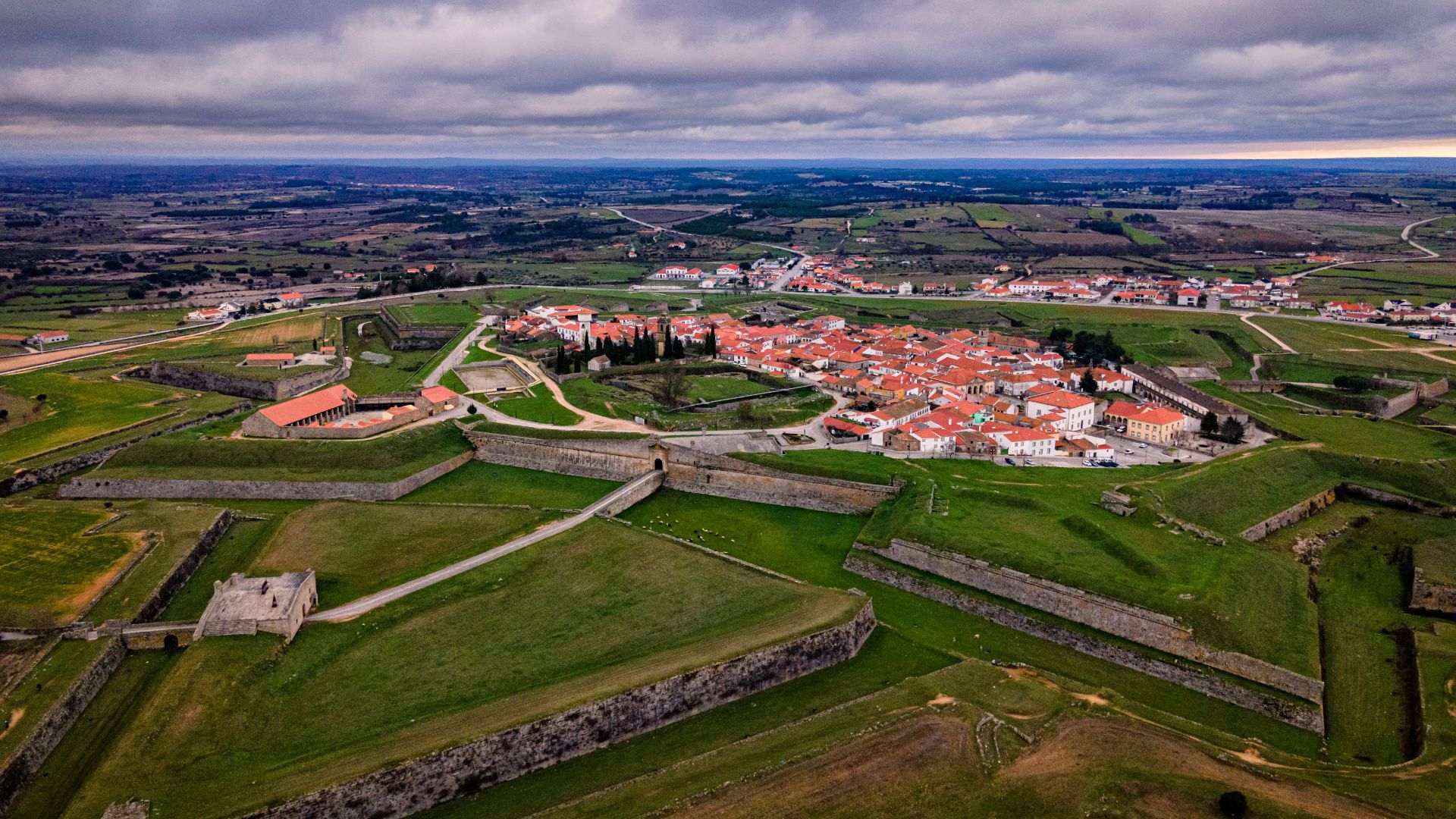
Neighboring Borders: Vilar Formoso and Ciudad Rodrigo
Almeida’s closest border crossing today is Vilar Formoso, less than a 20-minute drive away. Whenever I cross there, I’m reminded how close Spain really is—just past the checkpoint, landscapes and language both change. This puts Almeida right in the middle of European movement, past and present.
Historically, Ciudad Rodrigo on the Spanish side was the big military rival. Battles and sieges often involved both towns, each side always watching the other. The two fortresses sit almost like chess pieces, guarding their nations and shaping the journeys of countless travelers.
Because of Almeida’s unique spot between these two border points, every visit still feels like a step into living history.
Travel Essentials: Getting to and Staying in Almeida
Visiting Almeida means you’ll dive deep into Portugal’s history while enjoying some pretty charming places to stay—and don’t even get me started on the local dining. I’ve learned that a bit of planning goes a long way, especially if you want to catch the town’s highlights at your own pace.
Public Transport, By Car, and Nearby Cities
To get to Almeida, I checked out both public transport and the option of driving myself. The town sits close to the Spanish border, just about 15 km from Guarda.
Driving from Lisbon or Porto is simple enough. It takes around 4 hours from Lisbon and about 2.5 hours from Porto by car. I took the A25 highway and watched the scenery shift from busy city to peaceful countryside as I made my way into the Beira Interior.
Public transport works, though it’s not always direct. Trains run from Lisbon or Porto to Guarda, and from there, you can catch a local bus or taxi for the last bit to Almeida.
Coimbra and Viseu are also good jumping-off points. If you’re planning to visit Serra da Estrela or its natural park, you might want to stop in those towns along the way.
And honestly, if you have the time, the drive through these areas is pretty rewarding.
Hotel Fortaleza de Almeida and Pousada Options
I picked Hotel Fortaleza de Almeida for my stay. It’s right inside the fortress, so you get to wake up surrounded by those massive stone walls and endless plains.
It really does feel like sleeping in a piece of living history. The hotel blends comfort with a lot of character.
Walking the ramparts in the early morning? Hard to beat, in my opinion.
I also checked out some traditional pousadas nearby. These cozy inns, usually tucked into old restored buildings, offer a real Portuguese vibe.
A lot of travelers use Guarda as their base too. There you’ll find plenty of modern hotels and guesthouses.
But after a busy day, I couldn’t wait to get back to the quiet and old-world charm of my fortress hotel.

Local Eateries: Restaurante O Caçador, Casa Morgado, and Casa d’Irene
Almeida’s restaurants really surprised me. I started out at Restaurante O Caçador—the game dishes and grilled meats were hearty and full of flavor.
The staff treated me like family, and the rustic décor just fit the whole fortress atmosphere.
Then I tried Casa Morgado for lunch. Their cheese and cured meats were simple but honestly excellent.
I liked how they kept things traditional but still made the place feel warm and inviting.
On my last night, I decided to splurge a bit at Casa d’Irene. The warm service and regional specialties, especially the codfish and desserts, made for a memorable meal after a day of exploring.
If you love honest, unpretentious food, these spots really deliver a taste of Almeida.
Living Heritage: Festivals, Culture, and Modern-Day Life
Almeida’s past weaves right into daily life here. I noticed centuries-old traditions pop up through vibrant festivals, outdoor adventures, and a strong local culture.
Whether I wandered the fortress walls or joined a town celebration, I saw how people here keep their heritage alive in everything they do.
Cultural Events and Local Festivals
Each year, Almeida’s calendar fills up with celebrations that show off its true spirit. I planned my trip around the historical reenactment of the Siege of Almeida.
Walking the lively streets, I felt like I’d stepped into a storybook. Locals dressed as soldiers and townsfolk, recreating 19th-century battles with cannon fire and passionate performances.
But the festivals don’t stop with history. Festas de Nossa Senhora das Neves brings families together every summer with music, food stalls, and processions through colorful streets.
I tried sweet almond pastries from vendors who’ve kept old recipes alive for ages.
Most events are free or pretty cheap—just show up and join the fun.
- Popular events:
- Siege of Almeida Reenactment
- Festas de Nossa Senhora das Neves
- Local craft fairs and food markets
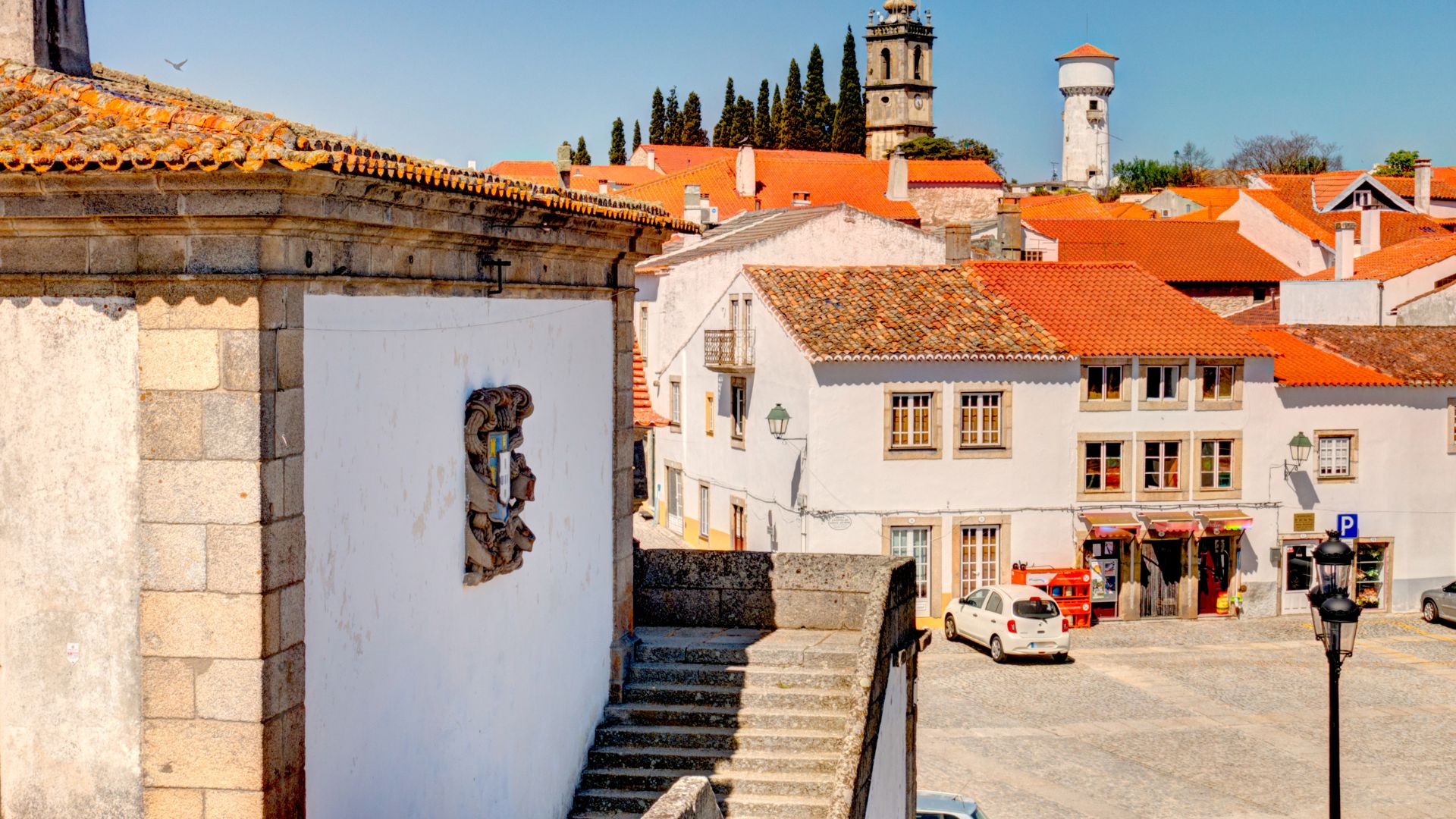
Côa Valley Excursions and Outdoor Adventures
Almeida sits near the gorgeous Côa Valley, making it a great base if you love hiking, wildlife, or prehistoric art.
I spent a day at the Côa Valley Archaeological Park, which is famous for its open-air rock art—some of it over 20,000 years old. Guided tours get you close to these UNESCO-listed etchings, and the guides share stories about ancient hunters who once roamed the valley.
For outdoor fun, you’ll find peaceful trails circling the fortress or winding down to the river. Birdwatching, cycling, and kayaking are all on the menu, and it never feels too crowded.
Evenings are perfect for relaxing in a quiet square with a drink, just soaking in the calm after a day out in the Portuguese countryside.
A Draw for History Enthusiasts and Travelers
If you’re into history, you’ll probably find Almeida’s old walls and museums pretty hard to resist. I did. The fortress stands out as one of Europe’s best examples of star-shaped defense architecture.
You can wander through well-maintained bastions and duck into underground passages. There’s even a military museum that dives into the town’s sieges and border skirmishes.
Travelers who love living heritage will notice how daily life still revolves around the old town’s layout. I chatted with locals who shared stories handed down through generations.
Small shops sell handmade crafts, each inspired by centuries of regional tradition. There’s just something about Almeida’s mix of living culture and deep history—there’s always something new to stumble upon.
Whether you’re catching a festival or tracing the fortified town’s layered past, it’s tough not to get pulled in.

